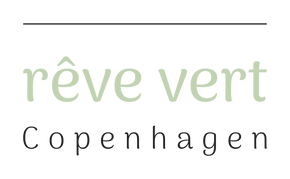Jute - the golden fiber
Jute is a rain-fed crop with little need for fertilizer or pesticides, in contrast to cottons' heavy requirements.
Production is concentrated mostly in Bangladesh, as well as India. India is the world's largest producer of jute.
Jute is the most environment-friendly fiber starting from the seed to expired fiber, as the expired fibers can be recycled more than once.

Jute plantation in India, also known as the golden fiber
The jute fiber comes from the stem and ribbon (outer skin) of the jute plant. The fibers are first extracted by retting. The retting process consists of bundling jute stems together and immersing them in slow running water, for 10 to 30 days in order to allow for bacteria to dissolve the gummy materials holding the fibers together and so facilitating separation of the fiber from the stem.
After the retting process, stripping begins. In the stripping process, non-fibrous matter is scraped off, then the workers dig in and grab the fibers from within the jute stem.
The fibers are then hung on bamboo rafters to dry in the sun for 2-3 days.

Jute fiber hung over bamboo rafters, drying in the sun
Jute is the second most important vegetable fiber after cotton due to its versatility. The fibers are amongst other things woven into baskets, curtains, chair coverings, carpets, area rugs, hessian cloth and backing for linoleum.
Perhaps the greatest advantage of jute is that it is 100% biodegradable in nature.
Unlike synthetic fibers, jute is all the more environmentally safe, and therefore its use should be greatly promoted as an ecologically friendly way to reduce the world’s dependence on synthetic fibers.
Sources: Suppliers, Wikipedia, Worldatlas


Leave a comment